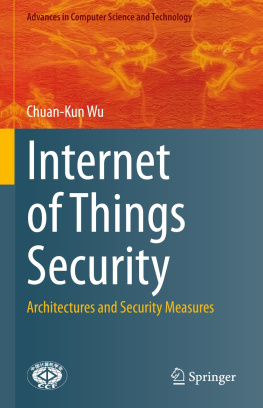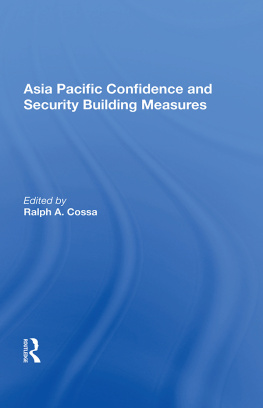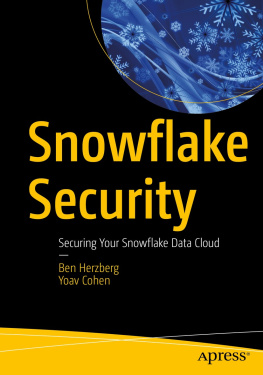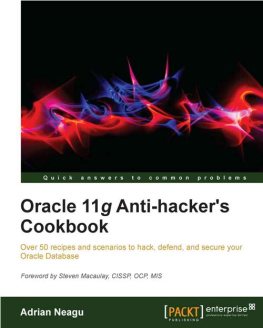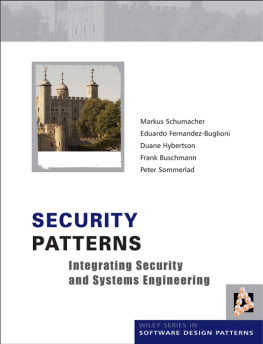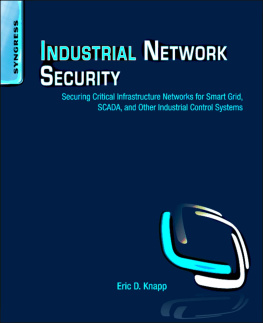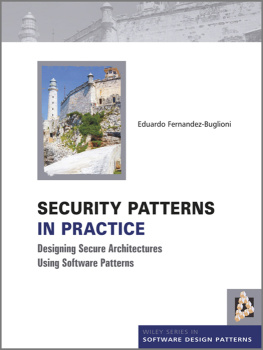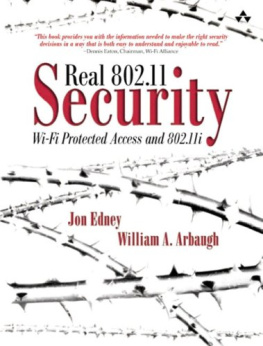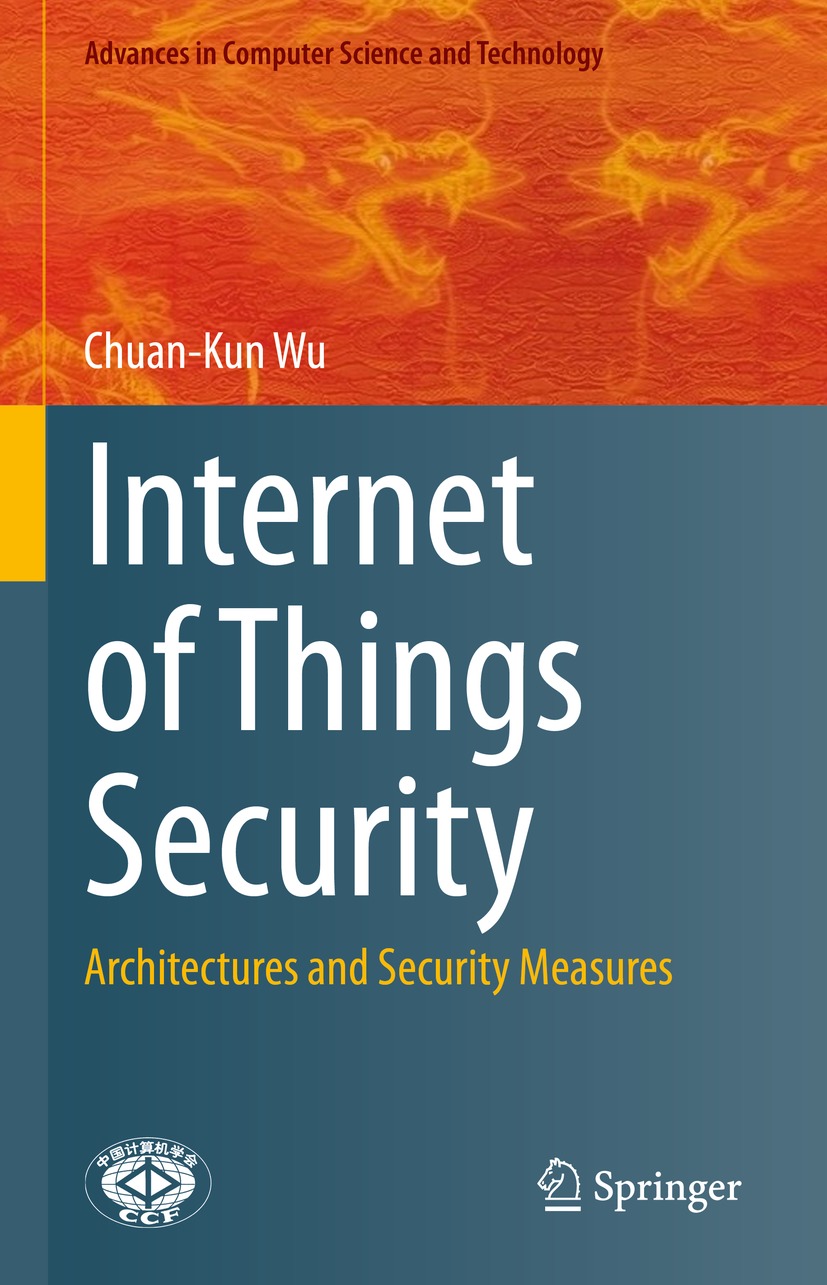Advances in Computer Science and Technology In cooperation with the China Computer Federation (CCF)
Series Editors
Hujun Bao
Hangzhou, China
Xilin Chen
Chinese Academy of Sciences, Institute of Computing Technology, Beijing, China
Xiaotie Deng
Shanghai Jiao Tong University, Shanghai, China
Dengguo Feng
Chinese Academy of Sciences, Institute of Software, Beijing, China
Minyi Guo
Shanghai Jiao Tong University, Shanghai, China
Shi-Min Hu
Tsinghua University, Beijing, China
Zhi Jin
Peking University, Beijing, China
Xinbing Wang
School of Electronic Information, Shanghai Jiao Tong University, Shanghai, China
Nong Xiao
National University of Defense Tech, Changsha, China
Ge Yu
Northeastern University, Shenyang, China
Hongbin Zha
Beijing, China
Jian Zhang
Chinese Academy of Sciences, Beijing Jiaotong University, Beijing, China
Zhi-Hua Zhou
Nanjing, Jiangsu, China
The Advances in Computer Science and Technology series publishes state-of-the-art results contributed by China Computer Federation (CCF) members or authors associated with or invited by CCF. This series aims to efficiently disseminate advanced researches and practical applications to international research community. The topical scope of Advances in Computer Science and Technology spans the entire spectrum of computer science and information technology ranging from foundational topics in the theory of computing to information and communications science and technology and a broad variety of interdisciplinary application fields. This series mainly include monographs, professional books and graduate textbooks, edited volumes and books. All volumes are authored or edited by established experts in their fields, published according to rigorous peer review, based on the editors preview and selection and adequate refereeing by independent experts. Each volume will provide a reasonable self-contained account of a topic, as well as a survey of the literature on the topic. The intended audience includes graduate students, researchers, professionals, and industrial practitioners.
More information about this series at http://www.springer.com/series/13197
Chuan-Kun Wu
Internet of Things Security
Architectures and Security Measures
1st ed. 2021

Logo of the publisher
Chuan-Kun Wu
School of Information Science and Engineering, Linyi University, Linyi, Shandong, China
ISSN 2198-2686 e-ISSN 2198-2694
Advances in Computer Science and Technology
ISBN 978-981-16-1371-5 e-ISBN 978-981-16-1372-2
https://doi.org/10.1007/978-981-16-1372-2
Springer Nature Singapore Pte Ltd. 2021
This work is subject to copyright. All rights are reserved by the Publisher, whether the whole or part of the material is concerned, specifically the rights of translation, reprinting, reuse of illustrations, recitation, broadcasting, reproduction on microfilms or in any other physical way, and transmission or information storage and retrieval, electronic adaptation, computer software, or by similar or dissimilar methodology now known or hereafter developed.
The use of general descriptive names, registered names, trademarks, service marks, etc. in this publication does not imply, even in the absence of a specific statement, that such names are exempt from the relevant protective laws and regulations and therefore free for general use.
The publisher, the authors and the editors are safe to assume that the advice and information in this book are believed to be true and accurate at the date of publication. Neither the publisher nor the authors or the editors give a warranty, expressed or implied, with respect to the material contained herein or for any errors or omissions that may have been made. The publisher remains neutral with regard to jurisdictional claims in published maps and institutional affiliations.
This Springer imprint is published by the registered company Springer Nature Singapore Pte Ltd.
The registered company address is: 152 Beach Road, #21-01/04 Gateway East, Singapore 189721, Singapore
Preface
The concept of Internet of Things (IoT) has been proposed for decades. It is designed to connect small physical devices and RFID tags together over the networks, particularly over the Internet. The networked things can be physical things without computation capabilities, or devices that have computation and communication capabilities. Things without computation capabilities need to attach RFID tags so that they have digital identities and can be networked.
In an IoT system, application data are collected by sensors, transmitted over public and private networks, and processed in a data processing center, which may be used by end users. Command data from end users are transmitted down to the endpoint devices, including RFID tags.
The process of data collection makes an effective connection between the physical world and digital data, while the process of endpoint device control is also a connection between the digital data and the physical world, so the techniques of IoT are beyond the edge of the the Internet is only about digital data, and the IoT can connect the physical world with the digital data. If the Internet together with data and related network services is treated as a cyberspace, then the techniques of IoT provide a connection between the physical world and cyberspace. This small but substantial characteristic makes IoT substantially different from the Internet in the traditional sense.
There is no formal definition about what IoT is; however, the concept of IoT can be described by an IoT architecture. A number of different IoT architectures have been proposed in public literatures, including three-layer architectures, four-layer architectures, five-layer architectures, and six-layer architectures or domain-based architectures. Each architecture is a specific description about the logical structure of IoT. Although different architectures have some differences, the natural components of IoT remain the same. Therefore, different IoT architectures can all be referred to in the construction of IoT systems. Hence, it is not important to scrutinize the concepts of IoT and the descriptions of the IoT architectures. As long as a description of the IoT concept or IoT architecture is self-contained, it would not affect practical constructions and applications of IoT.
The techniques of IoT can be used widely. In recent years, the techniques of IoT have already been used in many areas, including industry, government, infrastructure, transport, facilities, and services, in everyday life.
Like many other techniques, while IoT brings many conveniences and advances, it also brings new security threats. Currently, security techniques for IoT systems are far from satisfactory. With the advances of IoT applications, problems caused by lack of security protection appear to be more severe. There have already been security attacks on IoT devices, which caused severe security events where large amount of IoT devices were involved in a DDoS attack. Given that the number of IoT devices keeps growing, DDoS attacks making use of victim IoT devices can be a big security threat and challenge in IoT security.

